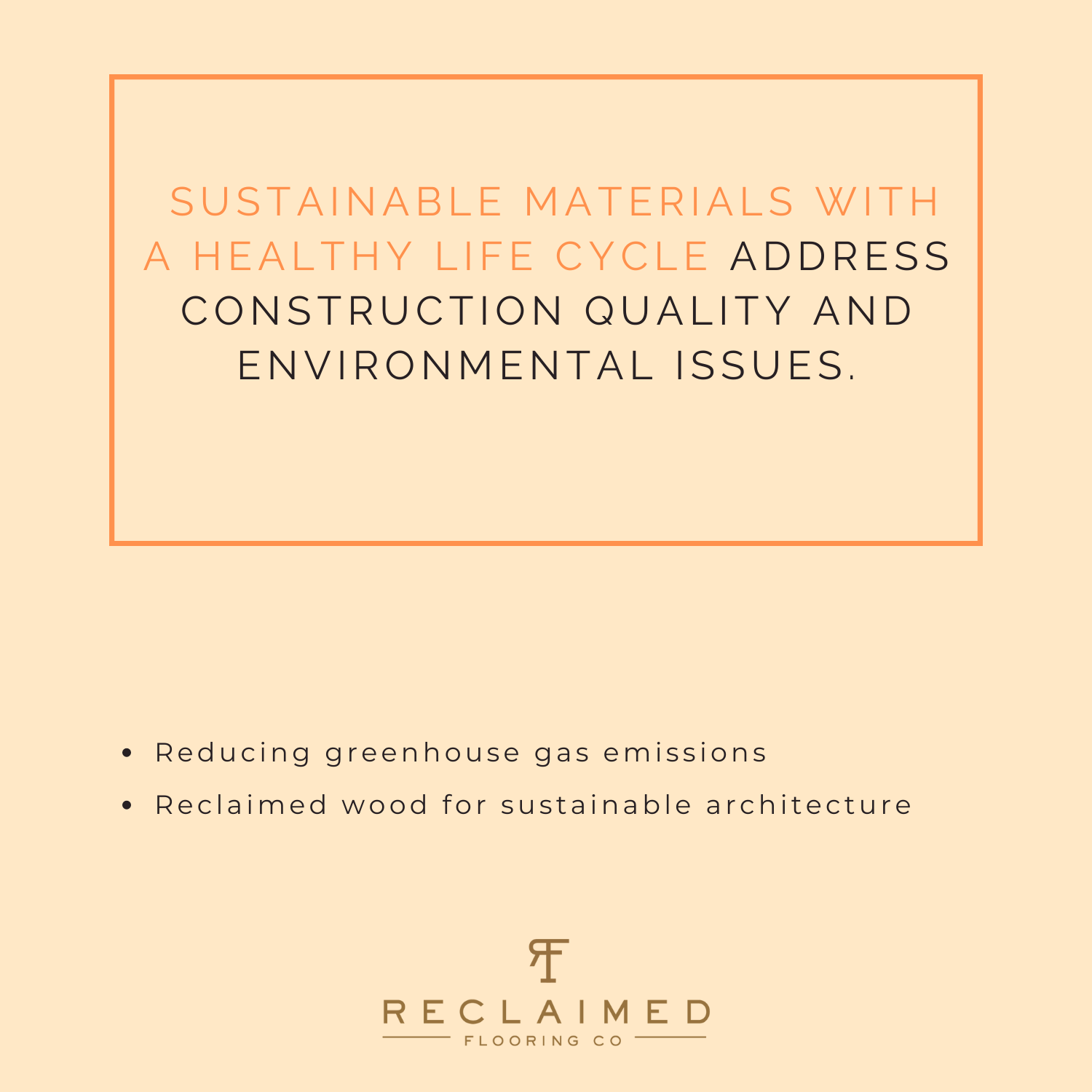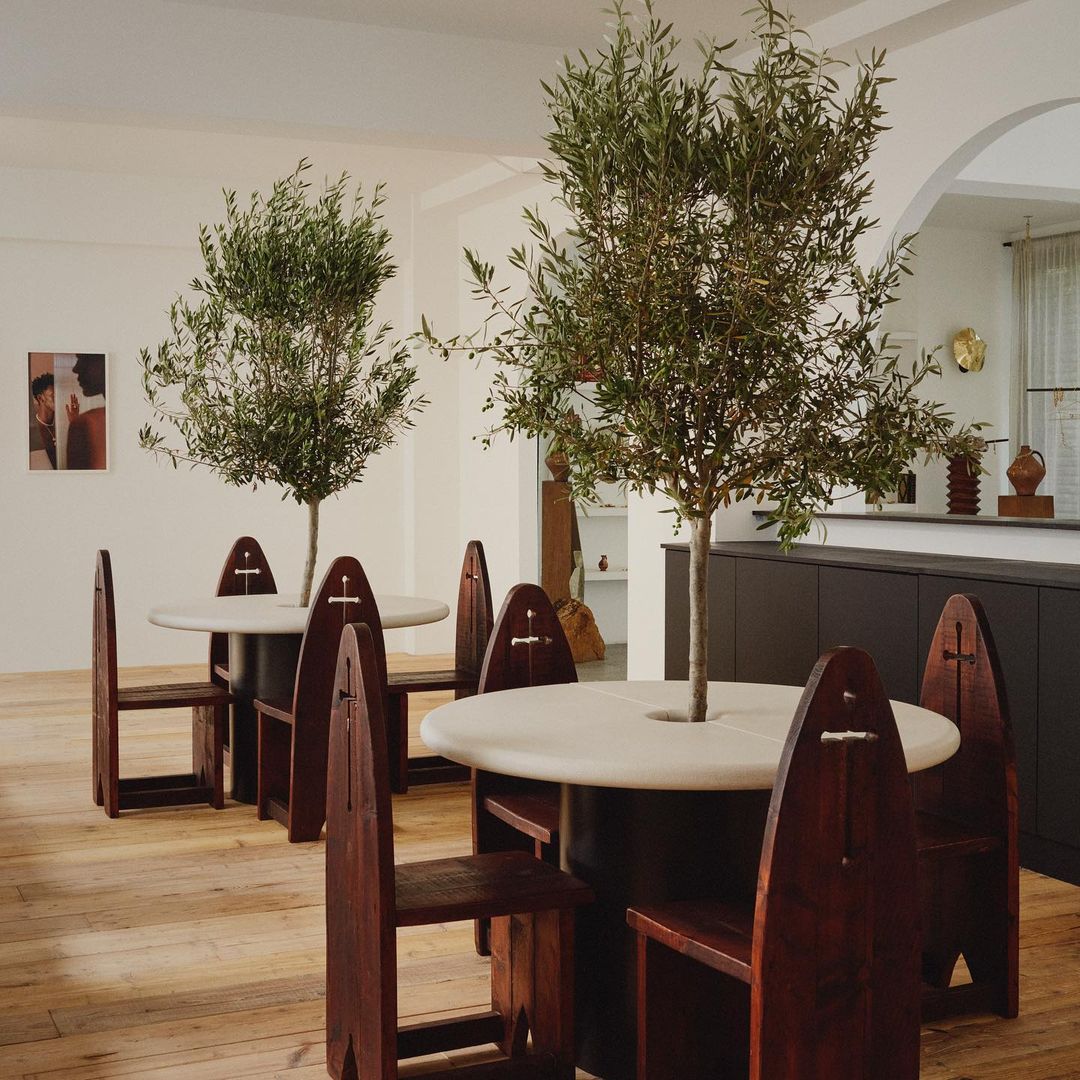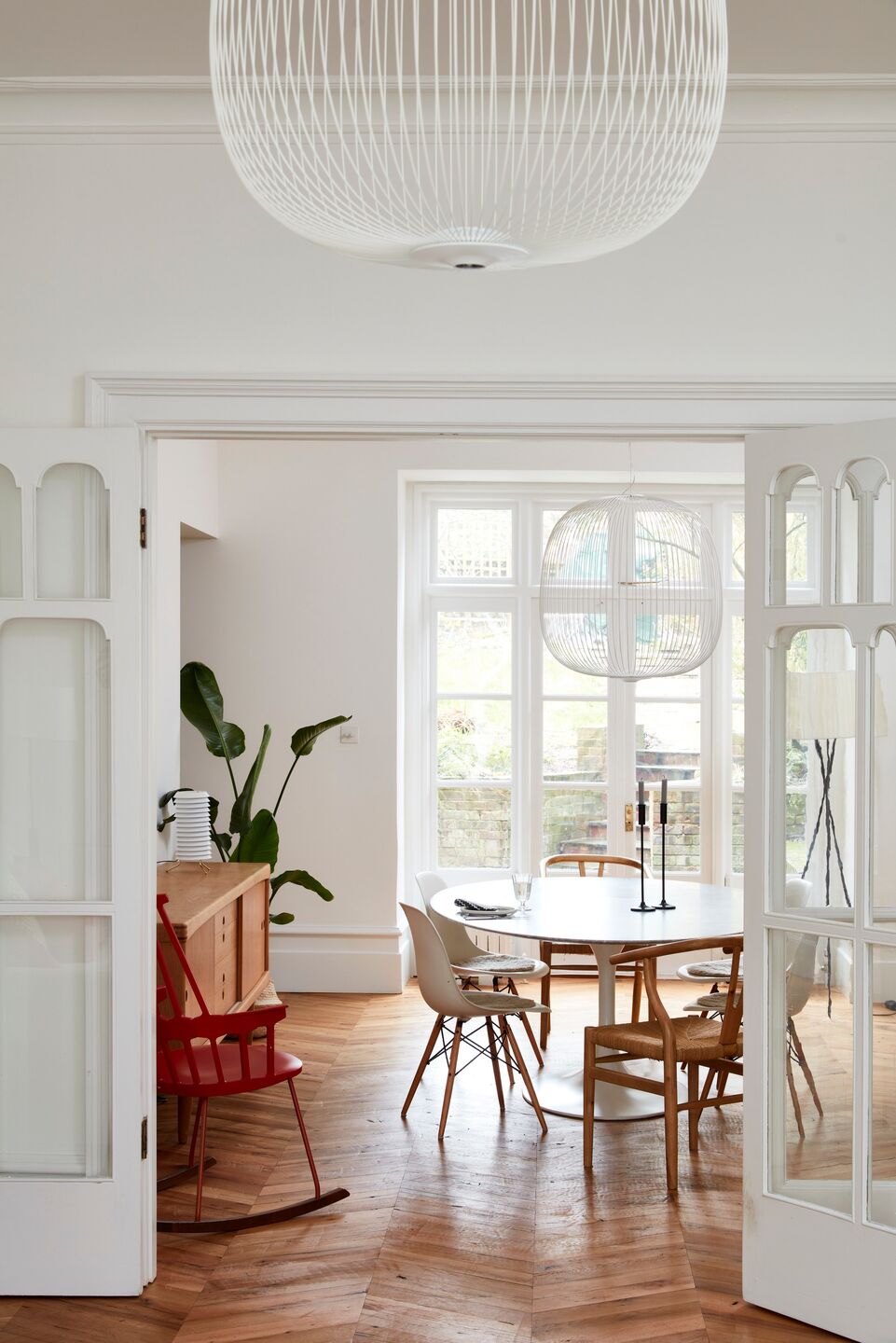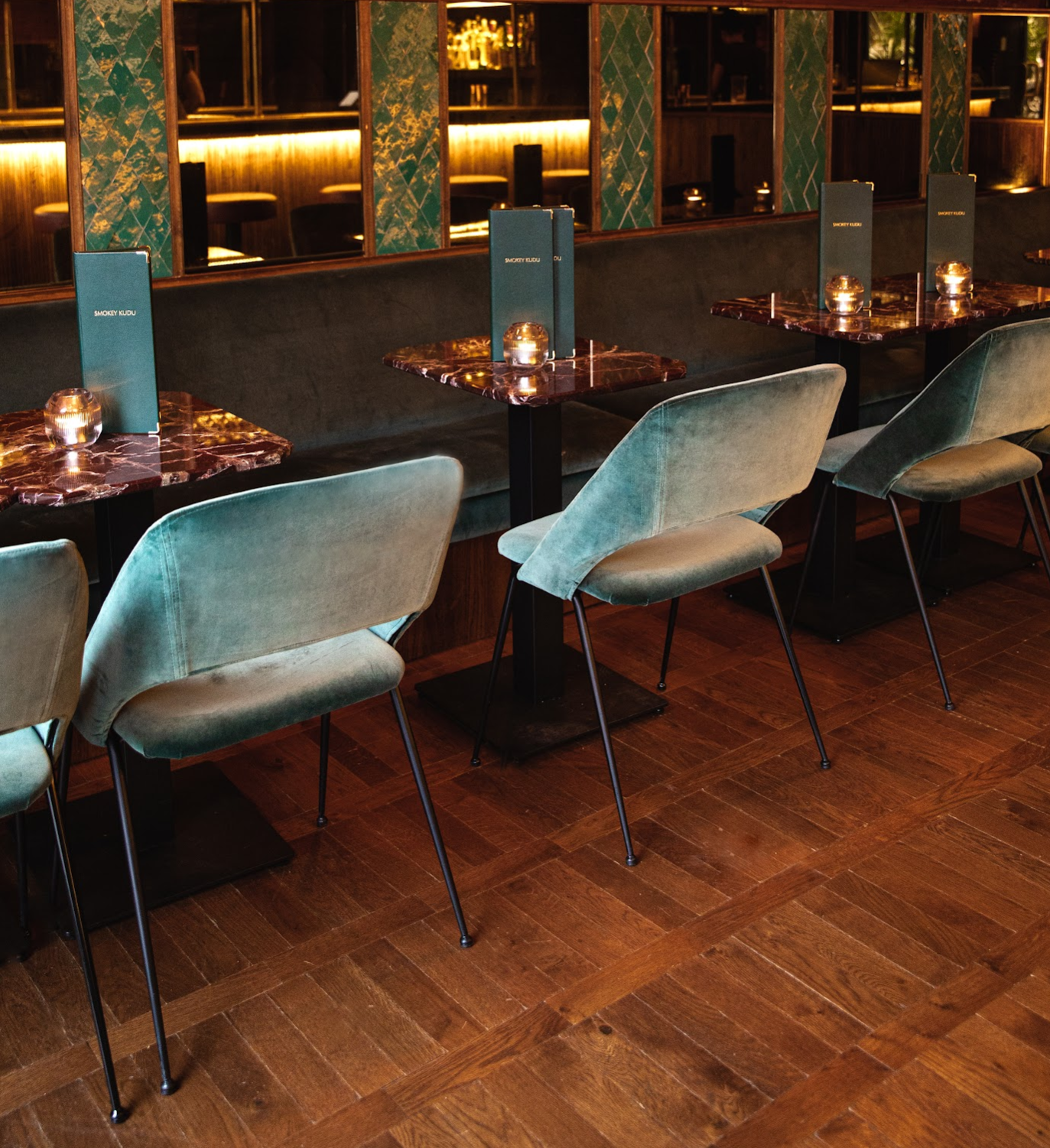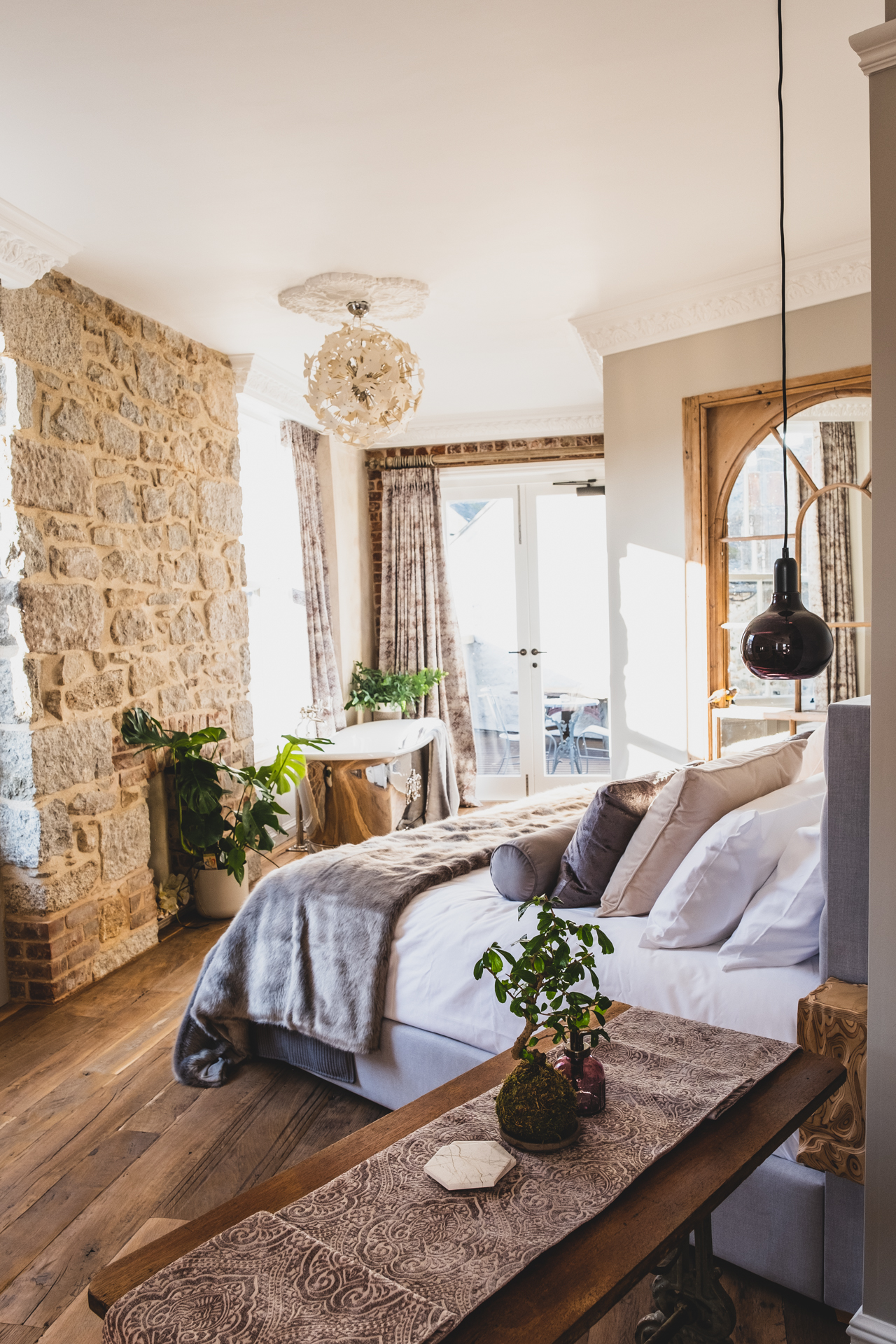
A vast revolution is currently taking place in design and architecture: in addition to practical and aesthetically pleasing elements, the emphasis on sustainability and the circular economy is becoming increasingly significant.
In the past, the environmental impact of buildings has predominantly been discussed in terms of energy use. And yet, when building with the environment in mind, we consider all greenhouse gas emissions throughout the structure’s life—including the carbon footprint of the construction materials used.
New architectural solutions often result from placing sustainability as a defining element of the project. Cost-effective construction, the least amount of greenhouse gas emissions throughout the building’s life cycle, and designs that promote well-being, a healthy lifestyle and high productivity are all characteristics of sustainable architecture.
An architect’s responsibilities include both design and construction.
But instead of constructing new buildings with new, high-end materials and products purely for aesthetic appeal, architects can modify and restore existing buildings using recycled materials. And yes, this is also possible with new structures.
The most efficient use of resources is achieved in a circular economy.
This implies that materials are reused, preventing the creation of waste that would otherwise be disposed of in a landfill.
Doing this reduces the use of raw materials, waste, toxins, and energy consumption. Additionally, it positively affects the environment in terms of pollution and biodiversity.
Sustainable material: Reducing greenhouse gas emissions
An architect’s fundamental expertise is in analysing and resolving spatial-aesthetic and functional challenges. Knowledge can be creatively applied to resolve difficulties that are also related to sustainability, for instance, by considering the product’s energy efficiency and durability when choosing materials.
Product manufacturers must deliver materials that ensure longevity and contribute to the excellent architectural quality of the building—whilst at the same time demonstrating that these products have a minimal negative impact on the environment. Few other building materials, for example, can match timber’s quality and life cycle.
One of the major factors taken into account in architecture is the aesthetic nature of a building. Wood and other bio-based materials are coveted for various uses, including buildings, facades and interior design, due to their unique qualities and innate beauty.
Utilizing recycled wood as a raw material allows manufacturers to continue using timber that would otherwise end up in a landfill without sacrificing the quality of the finished product. The basis that merges aesthetics with sustainable architecture can be summed up as the intentional use of materials and resources combined with exceptional design concepts.
Reclaim wood for aesthetic and sustainable design
Reclaimed wood aids in maximising the usage of building materials. On the other hand, sourcing new lumber for building requires resource consumption and chemical production. Using reclaimed wood results in fewer environmental toxins being released, the preservation of living trees, and the elimination of landfilling usable timber.
Improving indoor environmental quality (IEQ) further underlines the value of reclaimed wood as a sustainable building material. Indoor environmental quality (IEQ) encompasses “the quality of a building’s internal environment—air quality, lighting, thermal conditions, ergonomics—about the occupant’s health.” IEQ can therefore be seen as a representation of an interior environment’s biophilia.
Many elements within a building that affect IEQ can be improved by using reclaimed timber. For instance, using reclaimed wood finished with products that have zero or low amounts of VOCs has advantages such as enhanced human productivity. As a result, human exposure to toxins will be reduced, and, in turn, health and performance will improve.
Reclaimed wood is, in a nutshell, good for the environment. Hence it is widely used by architecture and design firms worldwide, mainly when working towards achieving WELL, Living Building Challenge, or LEED certification standards. Reclaimed wood offers architects a simple way to create more environmentally sustainable designs that are aesthetically pleasing to the end user, from office floors to hotel walls. Also, it is a versatile material finish in addition to being healthy for the environment.
Conclusion
Architects and the built environment are crucial to overcoming the current climate issue. The complex issues must be solved to decarbonise the built environment and create healthier, more resilient communities within their purview and skill set. Sustainable materials with a healthy life cycle address construction quality and environmental issues.


